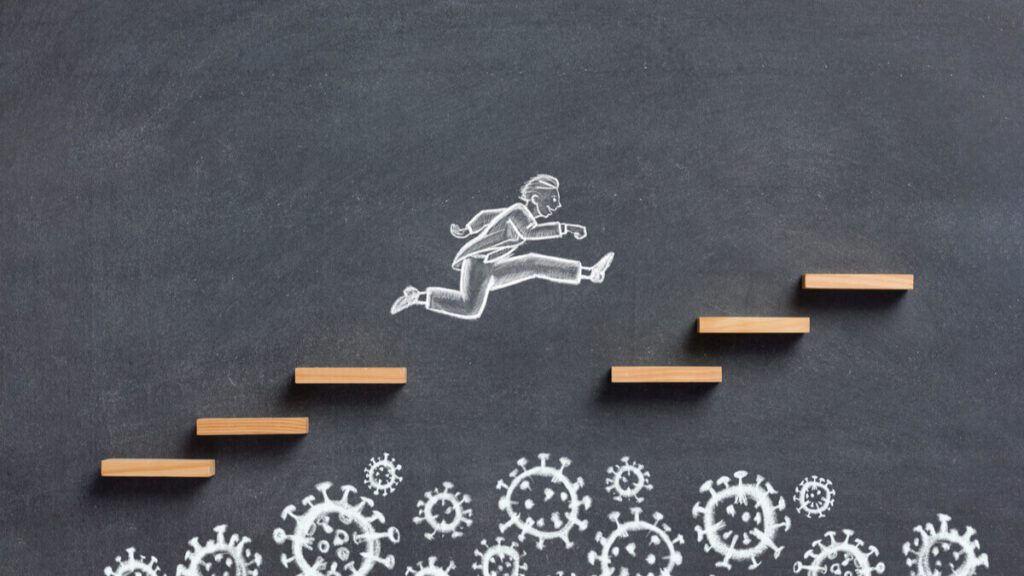
Humanitarian needs have reached their highest levels in decades – and the pandemic is only causing these levels to further increase. According to estimates from the World Food Program (WFP), 256 million people could be pushed to the edge of starvation by 2020-year end. In response, humanitarian agencies are driving innovative solutions against COVID-19. We’ve highlighted some of them.
The need for mobile money solutions and blockchain
The UN Office for the Coordination of Humananitarian Affairs (OCHA) estimates that it will take US$90 billion to help the most vulnerable people survive. One of the best innovative solutions to alleviate this problem is through cash assistance, as this technology puts money directly into the hands of beneficiaries that know best what they need when a disaster strikes. Cash is easiest to handle and transfer, allows for greater flexibility, and gives support to local markets. Humanitarian agencies currently already deliver US$4.7 billion in cash and vouchers to people in crisis each year. These agencies are now studying how to increase this number by switching between in-kind and cash delivery, or a mixture of both.
Yemen has adopted mobile money recently as part of its innovation solutions against COVID-19. Other governments are also transferring money to citizens in need.
Using remote technologies to deliver aid
3D printing, blockchain and drones are all part of the innovative solutions humanitarian agencies are deploying to overcome travel restrictions and risks of spreading the virus. Drones are being put to use by many companies, governments, and humanitarian agencies to deliver assistance and medical support.
In Rwanda, Zipline uses drones to deliver medical supplies across the country and to bring testing samples to labs back in Ghana. The system works in the following way: a health worker sends a text to order supplies and drones collect and deliver them from the distribution center. The drones can carry up to 1.8Kg of cargo and can travel at a speed of 90 miles per hour.
In parallel, blockchains are being used to permit multiple partners to remotely track and provide the flow of cash for assistance.
OCHA win Cameroon has collaborated with the Ministry of Health, the engineering school Polytechnique, and with the Israeli Embassy to support the 3D printing of masks and respirators for frontline healthcare workers.
Utilizing maps, modelling missing data
Aid agencies are using data to generate real time interactive maps for situational analysis as part of their innovative solutions against COVID-19. These maps include but are not limited to, the World Health Organization (WHO) real time coronavirus caseload dashboard, WFP’s Hunger Map LIVE that predicts hunger in real time, the school-feeding map that displays the impact of school closures on hunger, and the Humanitarian Data Exchange’s COVID-19 pandemic dashboard tracking cases in 25 countries. In addition to these maps, satellite imagery is being layered with vulnerability data that allows the detection and identification of high-risk areas.